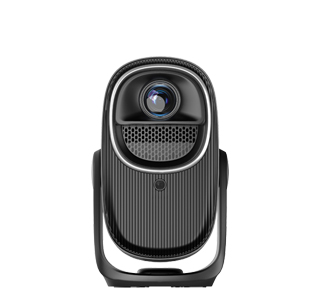
Conducting a projector brightness comparison test is essential for evaluating the performance of different projectors and choosing the right one for specific usage scenarios. A comprehensive brightness comparison test involves several steps and considerations to ensure accurate and meaningful results.
The first step in a projector brightness comparison test is to set up a consistent testing environment. The test should be conducted in a room with controlled lighting conditions. Ideally, the room should be as dark as possible to eliminate the influence of ambient light on the test results. However, if testing for real - world usability, it can also be useful to conduct tests in rooms with different levels of ambient light, such as a moderately lit office or a living room with natural light coming through windows.
Next, use a light meter to measure the brightness of each projector. A light meter is a device that can accurately measure the amount of light (in lumens) emitted by the projector onto a specific surface. Place the light meter at a fixed distance from the projector and at the center of the projected image. Measure the brightness at multiple points on the screen, such as the center, corners, and edges, to get an average brightness value. This helps to account for any uneven light distribution in the projected image.
When comparing projectors, it's important to test them with the same type of content and at the same settings, as much as possible. For example, use the same resolution, color mode, and contrast settings for all the projectors being tested. Play a standard test video or image that has a balanced mix of bright and dark areas to accurately assess the projector's ability to handle different lighting conditions.
In addition to measuring the raw brightness, it's also valuable to evaluate the perceived brightness. This can be done by having a group of observers view the projected images and rate the brightness subjectively. Perceived brightness can be affected by factors such as color saturation, contrast, and the quality of the projector's lens. A projector with better color calibration and contrast may appear brighter to the human eye, even if its measured lumen value is the same as another projector.
Finally, document the test results carefully. Record the measured brightness values, the settings used during the test, and any subjective observations. Analyze the data to identify the differences in brightness between the projectors. This information can help consumers make informed decisions when choosing a projector based on their specific needs, such as whether they require a projector for a dark home theater or a bright office environment.
Read recommendations:
HW30 Home Cinema - HW Series Projector
Projector - Compatible Video Streaming Software
Ceiling Mount Compatible 1080P Projector with 1.6X Zoom Lens
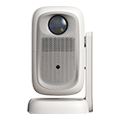
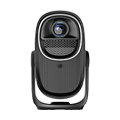



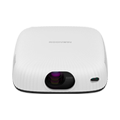
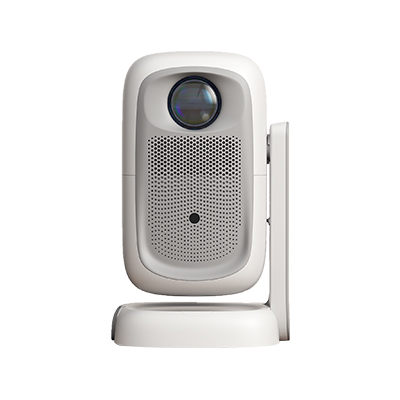
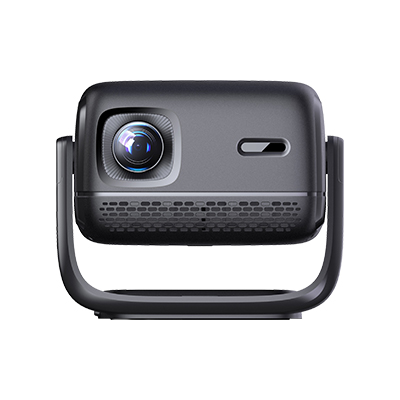
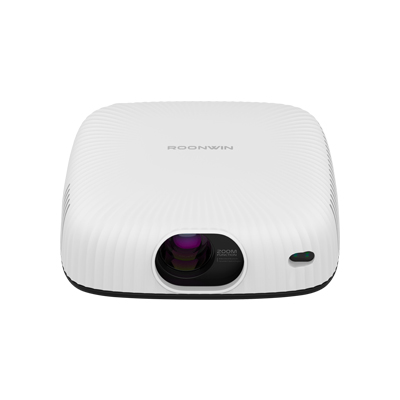









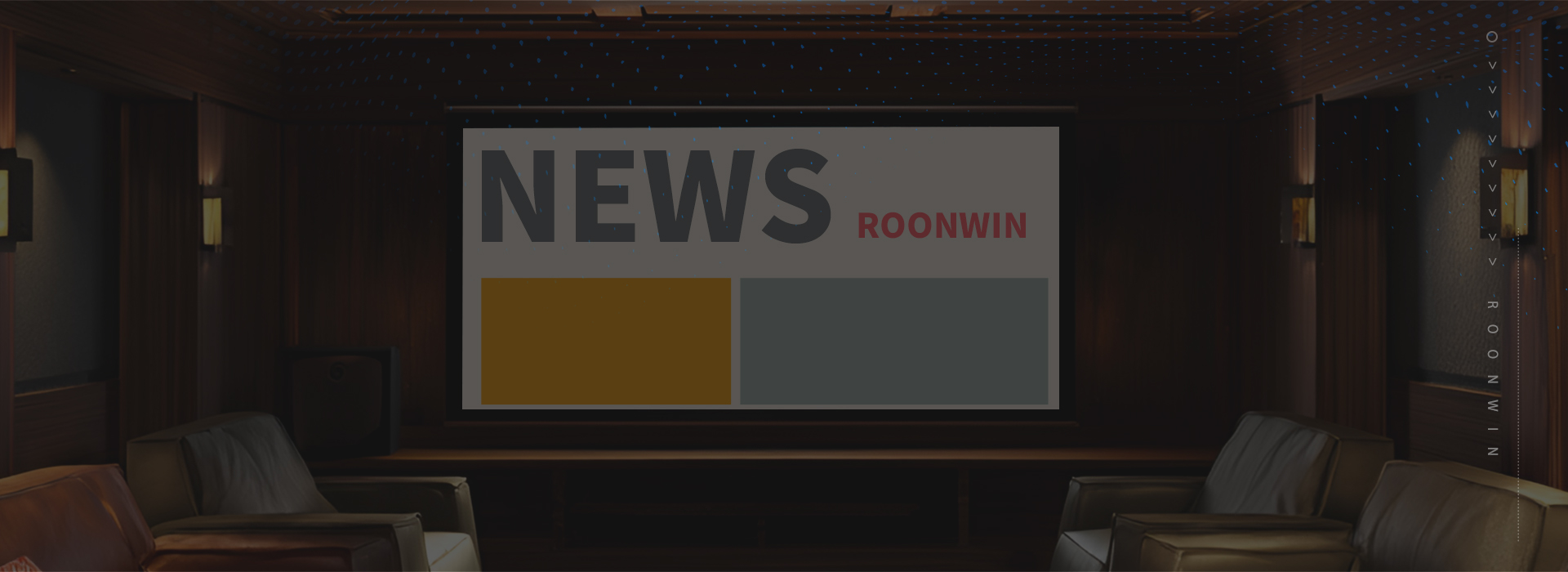

 Reviewed:
Reviewed:











